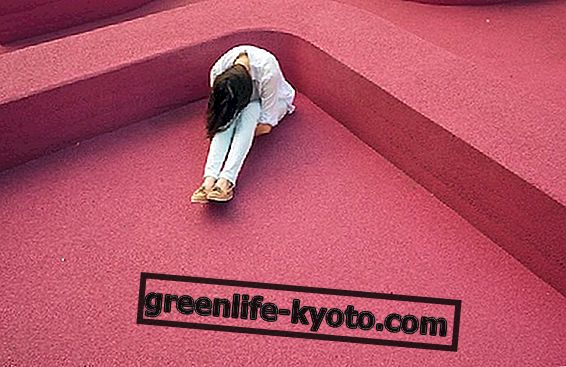
The new trendy sushi
Poke or Poké (so written to help with the pronunciation that is "poh-kay") is a Hawaiian term that literally means "cut into pieces" .
Basically born as a poor dish, not peasants this time, but of seafarers and fishermen of the Hawaiian islands.
Today it is sold and offered everywhere: in supermarkets, restaurants and even fast-food restaurants as a quick, healthy and delicious main course .
The traditional base of those distant lands wants it prepared with octopus or tuna, but in the poké bowl - the colorful "poké bowl" - there can also be other fish, depending on availability and inventiveness.
The fusion seasoning, of Asian and Japanese inspiration and influence, is a mix of soy sauce, sesame oil, seaweed, to which are added vegetables and spices typical of the Pacific territories.
Pokè, the recipe
A simple recipe to learn how to make this bowl shows the Migros Swiss website of Migros, the avocado poké bowl video-recipe.
The secret of a perfect poké, however, lies in the imagination : fresh, raw fish cut into small basic touches, the fun is then to indulge with the other ingredients, vegetables, spices and seasonings.
In poké you can put avocado, salad, white or black rice, cabbage, tomatoes, seaweed, chilli, tropical nuts (macadamia or Brazilian), mango, ginger, coriander or parsley, sea salt, garlic of all colors, spring onions and lime .
Poké passion
The passion for poké also conquers the north and even arrives in Scandinavia, where the first restaurant created, Hawaii Poké, creates bowls also for vegans and vegetarians, with organic products and seasonal ingredients that can be personalized.
In New York and London, the love for this dish is such that over the years they have also created specialized chains, such as Eatpoke, which also offers catering and office deliveries.
In Italy the poké fashion is born in the Navigli district of Milan, in a well-known restaurant, and it is catching on, obviously influenced by the richness of Mediterranean foods, a very interesting contamination.
The sushi of the world
In addition to the classic and timeless Japanese sushi, in addition to the Italian tradition of carpaccio and freshly caught raw or marinated fish and French oysters, raw fish is eaten in the world in various ways, we see only some of the countries that offer their "personal sushi" "among the dishes:
> Spain: here too the tradition of raw fish is not lacking, with the Catalan esqueixada, a fresh salad enriched with desalted cod and cut into thin strips, or xatò, another salad with a very rich dressing;
> Greece: we find lakerda, raw fish marinated in brine for days and then seasoned with oil, onion, pepper and lemon;
> Peru: here you can eat ceviche, a raw dish of fresh fish seasoned with lemon, onion and chilli pepper ;
> Holland: here herring are fished and eaten raw ;
> Siberia: here the halibut, the whitefish or the salmon are eaten below zero, in a plate of frozen fish called stroganina ;
> Polynesia, Tahiti: among these splenid seas we can taste e'ia ota, marinated raw fish similar to Hawaiian poké but with the addition of lime and coconut;
> Malaysia: we find a dish called hinava, marinated with onion, ginger, red pepper and lime .
> Thailand: here is the koi pla, a typical raw fish salad with galangal added;
> Korea: Korean sushi is called Kimbap .













